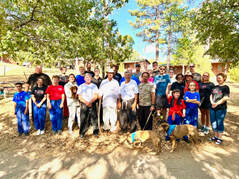
By Rob Moses and Floyd Burk
I decided to dedicate this space to share some of the genius of our friend the late Sifu Rob Moses. Those who did or did not learn from him at any of our events will surely relish reading this article that appeared in Black Belt Magazine a decade ago. While we split the by-line, the info is all Sifu and the organizing of it is me. I hope you enjoy reading it. –Sensei Floyd Burk
The way of Shaolin is to train your entire being, to look for and improve upon imperfections, to forge and sharpen all elements. The monks at Shaolin Temple believe one's purpose is to become like "the shiny pebble in the stream." The pebble shines itself for the benefit of the stream. As it shines, the stream becomes more beautiful and the waters are sweetened. Likewise, the seeker who has chosen the Shoalin path, will become polished. Not for vanities sake, but for the greater good of humanity.
Remember Kwai Chang Caine, the peaceful Shaolin monk who wandered the American West in search of wrongs to set right. The monk owned up to the importance of self-control and making brighter choices for the greater good. A transformation occurred wherever he went and everyone around him felt safer and more reassured.
You too have the power to do as Caine did, to make life better, safer and more harmonious for those in your presence. If this is a goal, you must be tolerant, merciful, fully appreciative of nature and all creatures of the universe, and you must also be capable. The Moses teachings of bone, blood and feather and the Shaolin way of polishing oneself will help you achieve this goal.
Bone and blood
Our bodies are shaped by bones and in the way we move them. We call this the external and with it comes our blocks, kicks, punches, chin-na (joint manipulation) footwork and other physical movement. In Northern Shaolin kung fu, your foundation is built on exaggerated extremes as your training begins with big blocks, long punches and high kicks. Over time, your moves will be practiced smaller and smaller until you can be effective from the most exaggerated to the least exaggerated extreme. Acute awareness of your bones and a finite understanding of the system you use to stack and guide them will give you the proper body mechanics for using your skills to their greatest advantage. Through diligent practice, your techniques will become polished. You will gain pliability, spatial awareness and develop the necessary intellect to guide your bones (and your techniques) in alignment with the laws of gravity and physics. All of this training of the external is designed to control or stop whatever situation that you may face. However, to be in command of the external, you must be in balance with the internal. This is where the concept of blood comes in.
In kung fu, the study of blood is what we call internal. The blood that flows and swirls through your body gives you a constant awareness of perpetual motion, the flow of life force and the promotion of life. Blood is like an ever flowing stream that reminds us that water makes up the majority of the human body (one's mass). Thus the internal uses water weights (i.e. one's mass) to distribute or to absorb shock waves and to create drag. Our mind and body process our physical movements (including figuring in water weights) naturally giving us the necessary weight distribution to perform various functions. However, your body does not naturally help you to perform your kung fu functions to their potential.
The Moses theory expounds that to reach your full potential, your coexisting bones and water weights must be in balance. This means that you must not move your bones and water weights faster than water would move prior to it turning into spray. It is important to have just the right amount of water weight behind you or ahead of you whenever you change position, shape, push, pull or propel yourself. This gives you the proper weight distribution necessary to use perpetual motion and gravity to your advantage. You don't want gravity to work against you, you want it to work for you, you want it to be a friend.
When bones and blood are in balance and gravity is your friend, your kicks, punches and blocks will be effective as will your joint manipulation and grappling techniques. You will be in command of essentials such as speed, power, momentum and inertia helping you to have complete control of your techniques, and likewise, control of the techniques of an aggressor.
Many people don't see themselves as what they really are, a liquid entity shaped by bones. How would a grappler perform with a 150 pound bag of water on his back? The same with a deranged mugger. An intelligent bag of water would be tough because it wouldn't roll off, it would stay on top. How about if that intelligent bag of water could drive its fingers clean through someone? Pretty scary. Bruce Lee talked a lot about water in relation to kung fu. You must be the intelligent water.
Kung fu schools are where you go to learn the tried, tested and trusted methods of forging and bettering yourself. Schools serve as the campfires of ancestral knowledge and are where we place our flag and faith. In the Northern Shaolin tradition, you learn and practice basics, bag work, sticky hands, sparring, weaponry, and the twelve forms. Polish your moves until you can do them without thinking. Then it’s time for feather.
Feather
Feather means not to be weighed down by the rigidness and static of habit and routine. You must do things instinctively in an un-weighted way, to be in the "now." To be in the “now,” you have to let go of calculated thinking. This means you let go of thinking about set patterns, competition, sparring rules and even blood and bone. You must listen with all of your senses, in an absolute mindless, bodiless, fearless moment. Morihei Ueshiba, the founder of aikido, said something like, "Master the technique, then detach from it, let it become instinctive." Once you let go, your capabilities become limitless. Everyone around you will feel safer and more secure. You will bring harmony to your environment.
Conclusion
Kung fu is a way of life that you love so much that it becomes a part of your soul. Strive for higher truths and steer clear of ego and greed. Don’t speculate on who you could beat, rather seek out the vast ways in which you can be helpful. Along your entire journey down the shaolin path, always make an effort to attain enlightenment and polish your character. Become the shiny pebble in the stream.
THE END!!
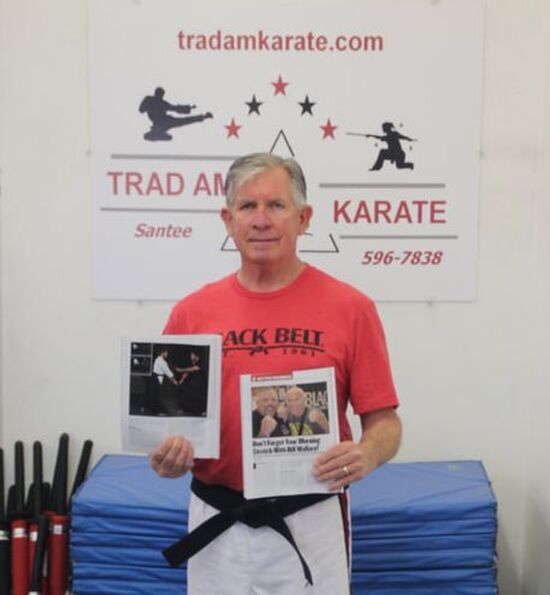
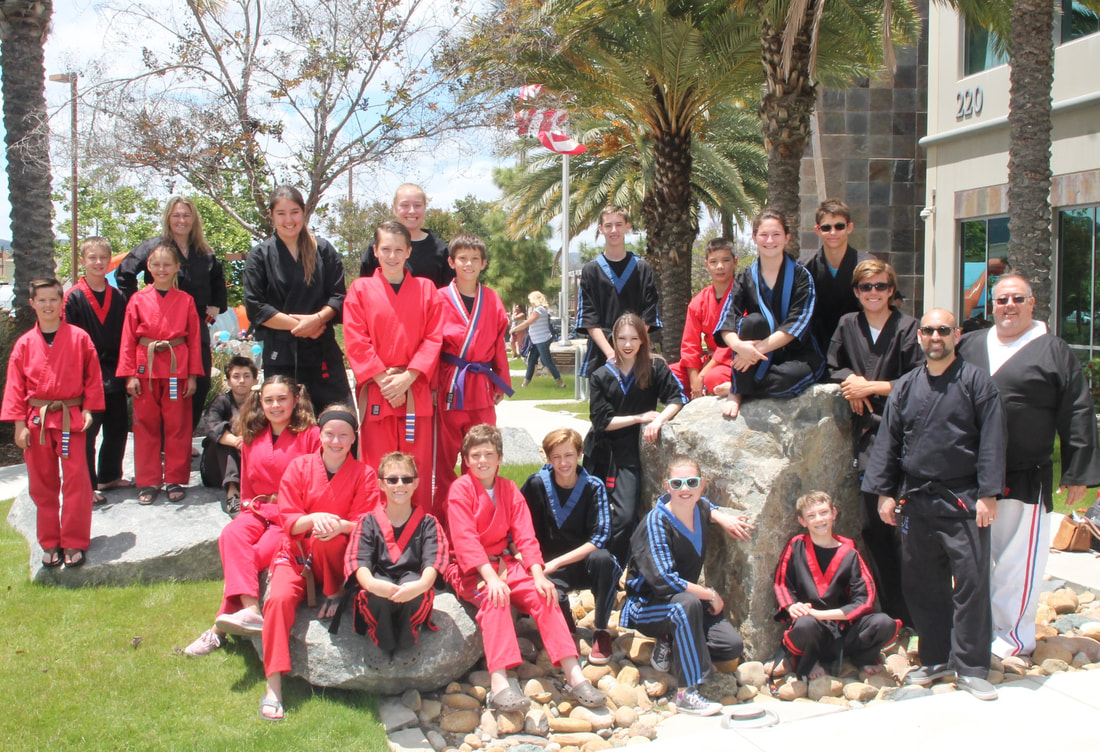
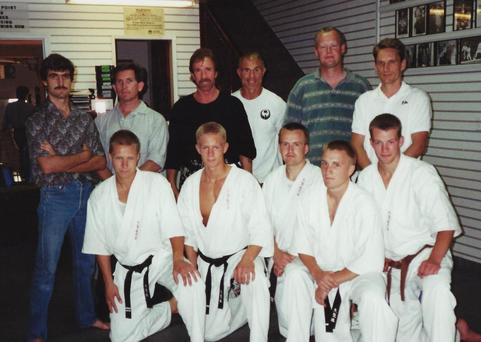
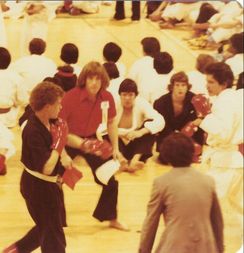
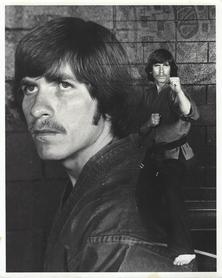
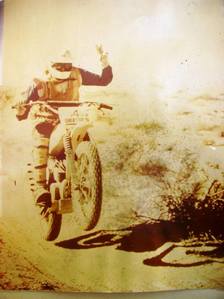
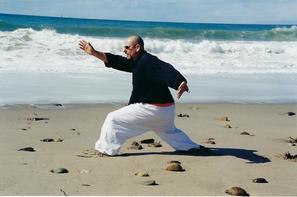

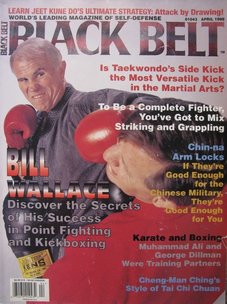
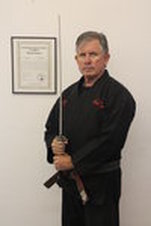
 RSS Feed
RSS Feed